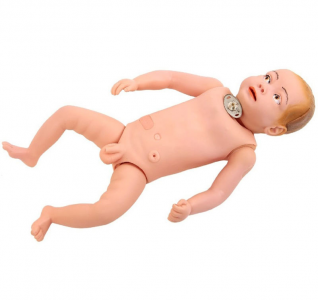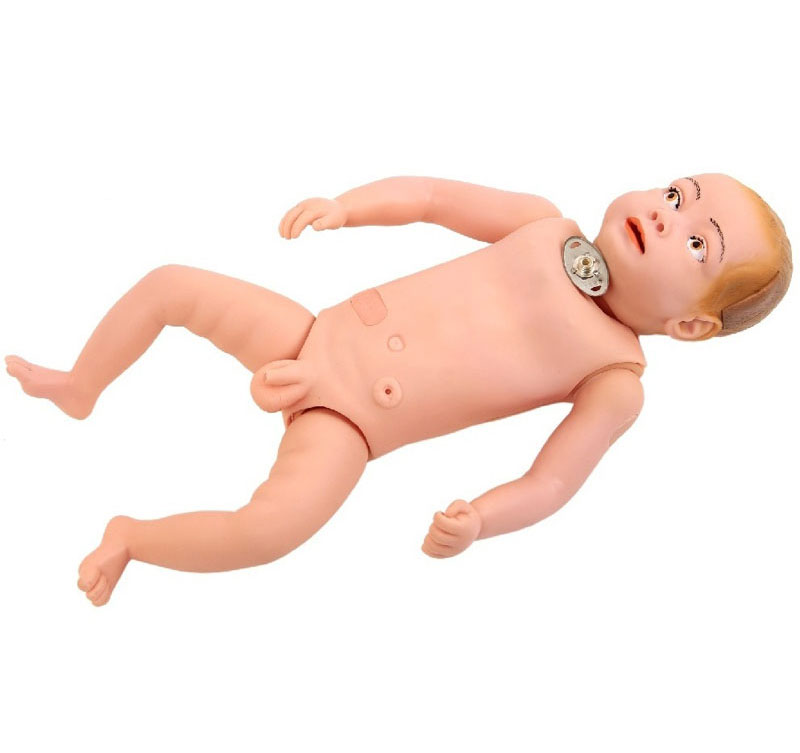ADA MED SUPPLY LIMITED
Phone:+86 19937901373
Tel:+86-0379-65160607
Email:adaanatomy@adaanatomy.com

Article tag: Infant tracheotomy nursing model infant nursing model

Infant tracheotomy nursing model, as an important auxiliary tool of modern medical education, has immeasurable value for the improvement of professional skills of medical staff. In the medical field, especially pediatric care, tracheotomy is a high-risk and demanding operation that places great demands on the professional skills and emergency response capabilities of the nursing staff. The emergence of infant tracheotomy nursing model provides a near-real simulation environment for medical staff, so that they can practice repeatedly under safe and risk-free conditions, so as to effectively improve professional skills.

Firstly, the infant tracheotomy nursing model simulates the physiological state and nursing scene of infants after tracheotomy through highly simulated design. Medical personnel can perform tracheal tube insertion, fixation, cleaning and sputum aspiration operations on the model, which are almost consistent with the operation in the real clinical scene. Through repeated practice, medical staff can master various nursing skills after tracheotomy and improve the accuracy and proficiency of operation.
Secondly, model training is helpful to cultivate medical personnel's emergency handling ability and psychological quality. In simulation training, medical staff may encounter various sudden situations, such as tracheal tube loss, bleeding, infection, etc. These simulated emergency situations can prompt medical personnel to react quickly and take correct measures, thus cultivating their emergency handling ability and calm response mentality. This kind of training is of great significance to improve the adaptability of medical staff in real clinical situations.
In addition, the infant tracheotomy nursing model also provides a platform for medical staff to learn and communicate. In the process of model training, medical staff can learn from each other, exchange experience, and jointly discuss nursing problems and solutions. This interactive learning style not only promotes collaboration and communication among healthcare professionals, but also stimulates their innovative thinking and problem-solving skills.
To sum up, the infant tracheotomy care model plays an important role in helping medical staff improve their professional skills. Model training provides a comprehensive and systematic learning approach for medical staff by simulating real scenes, cultivating emergency handling ability and providing learning and communication platform. With the continuous progress of medical technology and the update of nursing concepts, we have reason to believe that the infant tracheotomy nursing model will play a more important role in the future medical education, and contribute to the training of more excellent pediatric medical personnel.